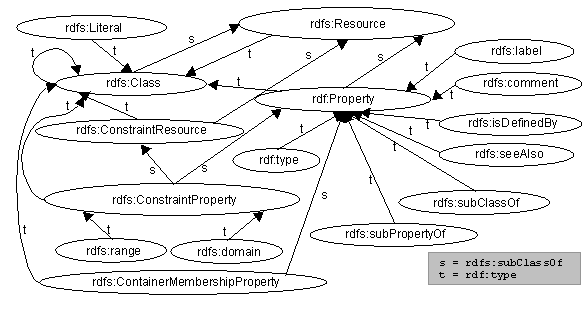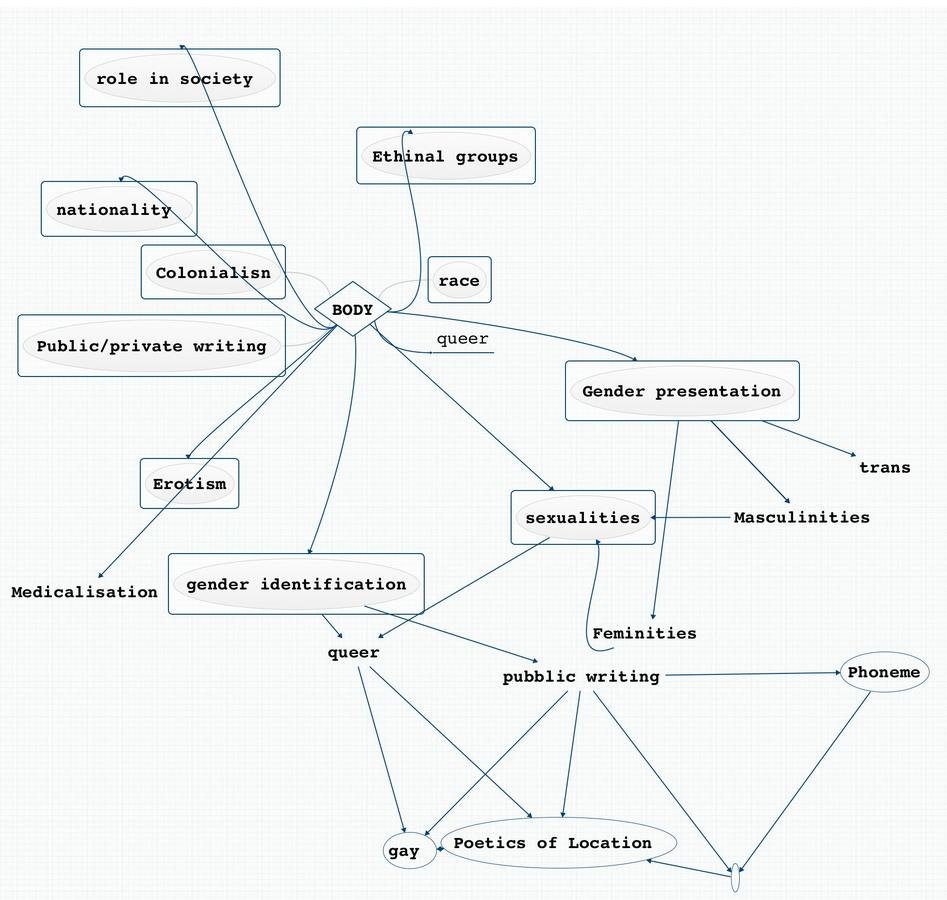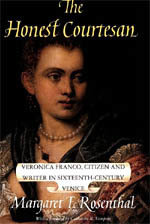
Digital Humanities and Intersectionality
De/constructing the Italian Literary tradition
in the Digital Humanities Scholarship
University of Leuven, 15 -17 September
Dr Tiziana Mancinelli - CCeH (Cologne Centre of eHumanities)
University of Cologne
Aims:
- Presentation of Postdoc-Programm “Network & Exchange – NetEx”
De/costructiong the Italian Literary tradition
Digital Humanities and Intersectionality
- Gender-oriented conceptual annotation map for
Digital Scholarly Edition

- An overview of what we have done.
....and questions and doubts for you
Digital Scholarly Editions and Text Analysis
De/costructiong the Italian Literary tradition
Digital Humanities and Intersectionality
How do we represent texts in a digital environment?
comprising multiple levels of:
annotations, text-analysis and text representation
De/costructiong the Italian Literary tradition
Digital Humanities and Intersectionality

Digital Paradigm
textual layers
1) a source file
2) mark-up language and scripts
3) One more outputs
Cognitive Process
What is the text that is represented?
What text do we read?
De/costructiong the Italian Literary tradition
Digital Humanities and Intersectionality
MODELLING
By modelling I mean the heuristic process of conctructing and manipulating models; a "model" I take to be either a rapresentation of something for purpose of study, or a design for realizing something new (McCarty, 2005, p. 24)
He then adds that models 'are by nature simplified and therefore fictional or idealized representations' of real objects.
The process of modelling is also an epistemological process: by modelling an object, an activity we come to know this object, and this activity.
De/costructiong the Italian Literary tradition
Digital Humanities and Intersectionality
What about current project?
- No Digital Scholarly Edition for any other subjectivity that is not a well-known author -
- DSE catalogue:
- by Greta Franzini
- Patrick Sahle
- Cinzia Pusceddu
- Paolo Monella
De/costructiong the Italian Literary tradition
Digital Humanities and Intersectionality
- Biblioteca Italiana
Academic project
www.bibliotecadigitale.it
- Liber Liber
Started in the 90s - from a grassroots comunity
www.liberliber.it
- 909 Authors
- 11 - women writers
1293 Authors
52 - women writers
Gender Annotation Ontology Project
De/costructiong the Italian Literary tradition
Digital Humanities and Intersectionality
Theoretical model
Technical language
How can we use categories or labels?
How can these features make visible content otherwise hidden and unreachable?
How can categories create network?
Linked data and Semantic web.
Semantic web and Linked data

De/costructiong the Italian Literary tradition
Digital Humanities and Intersectionality
creates by
CREATION
creates
work
(RDF, FRBR)
Reads
Reading
Author
rapresentation
HAS
Purposes
Persona
BODY
identification
Interpretation
erotism
medicalisation

De/costructiong the Italian Literary tradition
Digital Humanities and Intersectionality
Postdoc-Programm “Network & Exchange – NetEx
- will be dedicated to Literary tradition in Italy and in Germany taking into consideration a variety of texts, authors and debates during the 15th and 16th Centuries. From print to digital publications, women writers have always found a marginalised role in the canon.
De/costructiong the Italian Literary tradition
Digital Humanities and Intersectionality
Postdoc-Programm “Network & Exchange – NetEx
The analysis of 15 th and 16 th century women writers can shed light on the question whether or not women did have a Renaissance during the Renaissance. Women writers during the renaissance offer some counterpoint to literature written by men, in particular an ability to impart a sense of individuality and authenticity to their voices in spite of the fact that their work incarnate much of the conventional renaissance thought. The project we will present is regarding a systematize and further explore the contribution of women writers in the German and Italian 15th and 16th century, in order to see if it is possible to recognise features of a cross-cultural gender specific Renaissance or whether these features are rather culturally oriented.
De/costructiong the Italian Literary tradition
Digital Humanities and Intersectionality
Veronica Franco

Our word “courtesan” derives (via French) from the Italian cortigiana, but the term was originally used (with various modifiers) to mean virtually any sex worker; those who met the criteria which we now associate with the word were called cortigiana onesta (honest courtesan).
16th-century Venice was renowned for the number and quality of her courtesans, and the most famous of these was Veronica Franco, who is remembered not only for her profession but also for her poetry and letters.
-
Così dolce e gustevole divento,
-
quando mi trovo con persona in letto,
-
da cui amata e gradita mi sento,
-
che quel mio piacer vince ogni diletto,
-
sì che quel, che strettissimo parea,
-
nodo de l'altrui amor divien più stretto
As sweet and taste I become/when I am in bed with a person/loved and apprecated I feel/that my pleasure gets over any treats/[...]
From "Rime" 1575
De/costructiong the Italian Literary tradition
An example:
Example:
link -
<?xml version="1.0"?>
<rdf:RDF xmlns:rdf="http://www.w3.org/1999/02/22-rdf-syntax-ns#"
xmlns:dc="http://purl.org/dc/elements/1.1/"
xmlns:raop="http://bakulf.github.io/raop/">
<raop:Body>
<raop:comparison rdf:nodeID="nuvole"/>
<raop:interpretation>Così dolce e gustevole divento,
quando mi trovo con persona in letto,
da cui amata e gradita mi sento,
che quel mio piacer vince ogni diletto,
sÌ che quel, che strettissimo parea,
nodo de l'altrui amor divien più stretto</raop:interpretation>
<raop:subject rdf:nodeID="erotism/>
<raop:sentence>
<raop:Group>
<raop:items>
<rdf:Seq>
<rdf:li><raop:Word rdf:nodeID="amata" raop:value="amore" /></rdf:li>
<rdf:li><raop:Word raop:value="gustevole " /></rdf:li>
<rdf:li><raop:Word raop:value="gradita" /></rdf:li>
<rdf:li><raop:Word raop:value="letto" /></rdf:li>
<rdf:li><raop:Word raop:value="strettissimo" /></rdf:li>
<rdf:li><raop:Word rdf:nodeID="piacer" raop:value="piacere" /></rdf:li>
</rdf:Seq>
</raop:items>
</raop:Group>
</raop:sentence>
</raop:Body>
</rdf:RDF>An ontology for digital rhetoric analysis.
- How can we represent/visualise those concepts?
- How can those concepts and/or representations be visible?
From modelling to the publications
Digital Humanities and Intersectionality
An ontology for digital rhetoric analysis.
Analysis and modelling are rightly considered to be at the hearth of Digital Humanities; and they are fundamental components of scholarly editing, whether digital or not. As a matter of fact modelling is at the core of any epistemological activity relative to a particular object or a set of oblects in order to be analysed and understood. (Pierazzo, 2015)
http://bakulf.github.io/raop/


Conclusions
Many thanks for your attention!
E-mail address:
tiziana.mancinelli@uni-koln.de
Twitter: @TizMancinelli